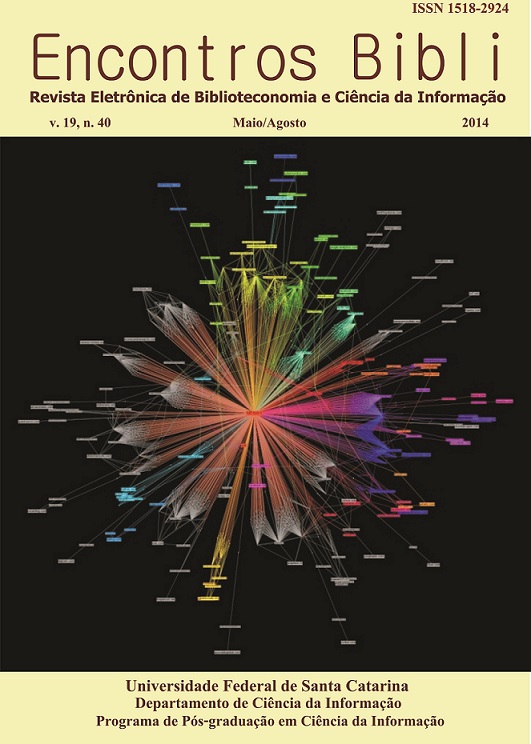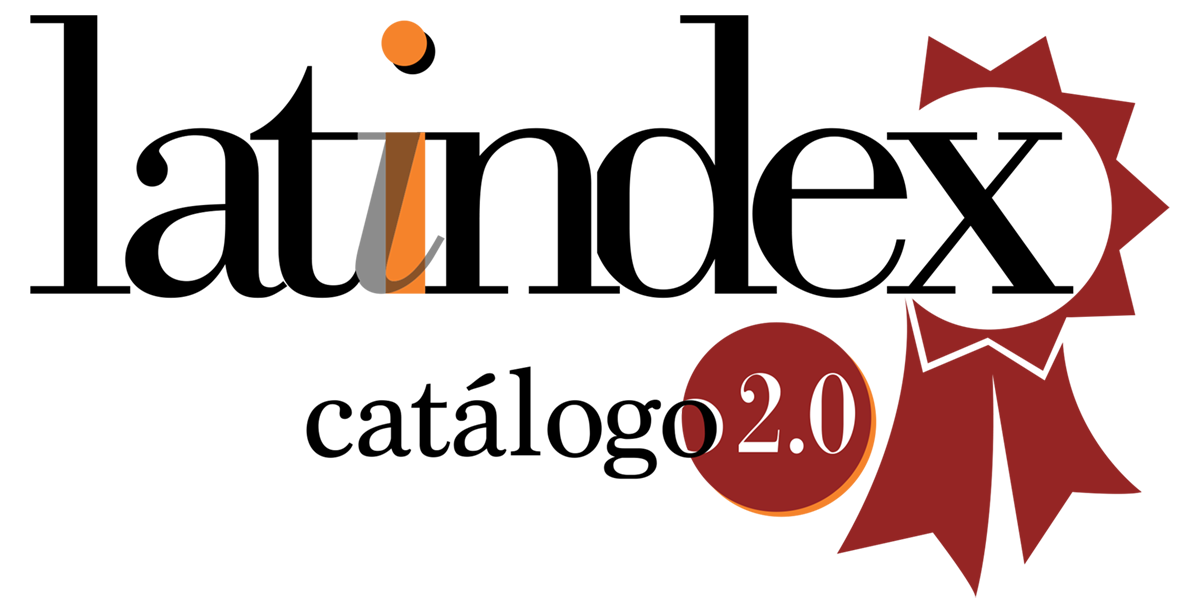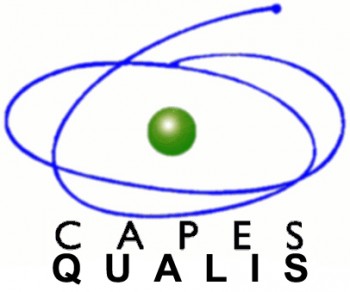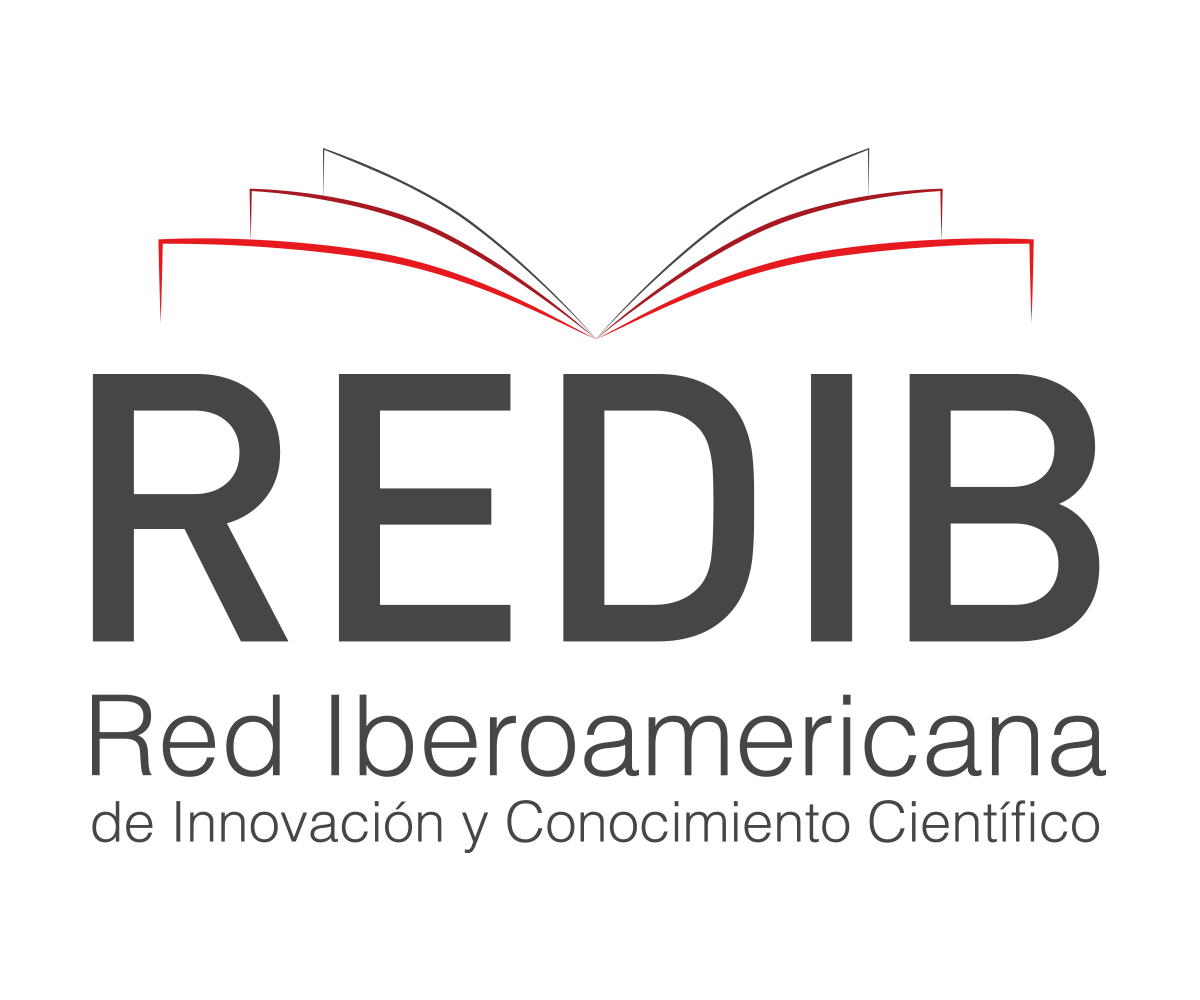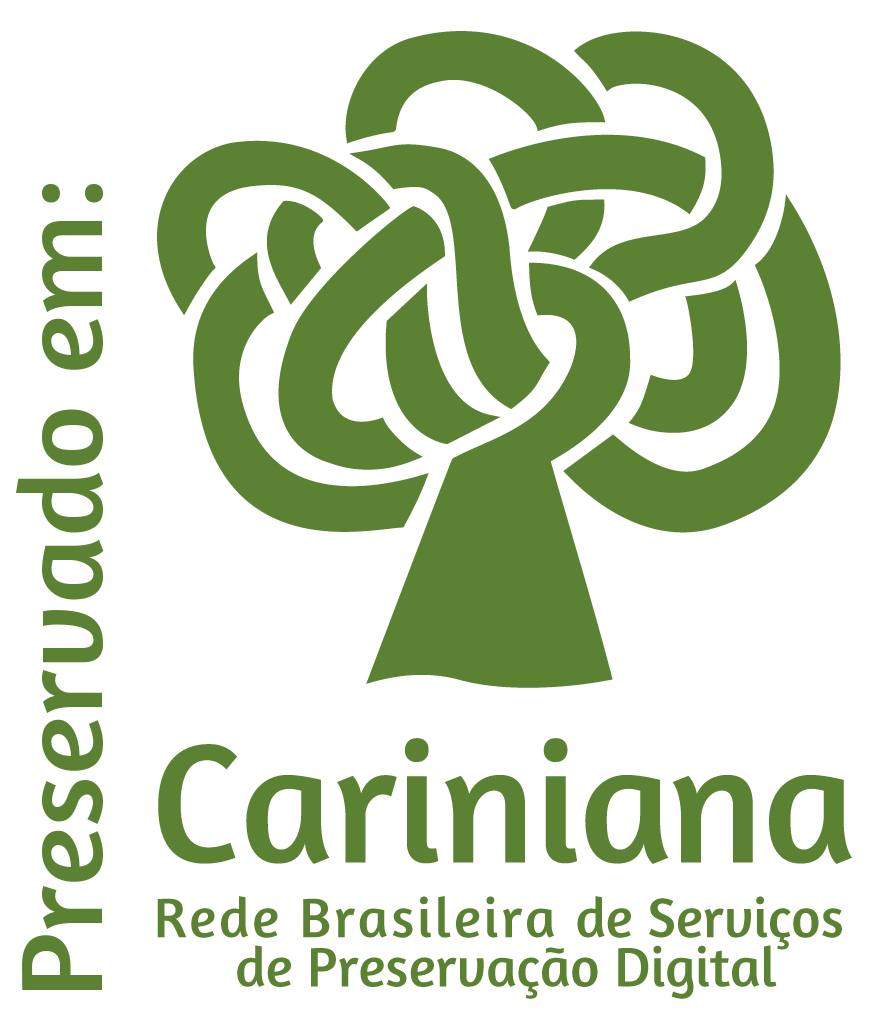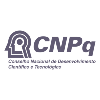The flow of information in public audit and the Mathematical theory of Communication
DOI:
https://doi.org/10.5007/1518-2924.2014v19n40p33Keywords:
Information Science, Mathematical theory of communication, Informational cycle, Communication systemsAbstract
Addresses the similarities between the informational cycle on public audit activity and concepts presented by The Mathematical Theory of Communication proposed by Claude Shannon in 1948, such as noise, redundancy, capacity of the communication channel and encoding. Processes of selection, storage, technical treatment of documents and information retrieval in the internal control system were verified in a case study, as well as the factors that interfere in the quality of communication performed through documents. The issue of neutrality of the communication channel is also addressed, theme present in discussions on information science, such as the appraisal of a document according to archival theory. Finally, analogies are delimited between mathematical theory and the informational cycle, considering that any support that presents information to be treated from the informational point of view is a document and also a communication channel.
Downloads
References
ARAÚJO JR, R. H. de. Precisão no processo de busca e recuperação da informação. Brasília: Thesarus, 2007.
BATES, M. J. The invisible substrate of information science. Journal of American Society of Information Science, v. 50, n. 2, p. 1043-1050, 1999.
BELKIN, N. J., Information concepts for Information Science. Journal of Documentation, vol. 34, n. 1, p. 55-85, 1978.
DURANTI, L. The concept of appraisal and archival theory. The American Archivist, vol. 57, n. 2, p. 328-344, Spring. 1994.
GUEDES, W. Necessidades informacionais da auditoria pública: estudo qualitativo do fluxo de informação a partir da teoria matemática da comunicação. 2013. Dissertação (Mestrado em Ciência da Informação) – Universidade de Brasília.
SHANNON, C. E. A Mathematical Theory of Communication. The Bell System Technical Journal, v. 27, p. 379-423, 623-656, 1948. Disponível em: <http://cm.bell-labs.com/cm/ms/what/shannonday/shannon1948.pdf>. Acesso em: 03 jul. 2013.
WEAVER, W. Recent contributions to The Mathematical Theory of Communication, Sep 1949. Disponível em: <http://ada.evergreen.edu/~arunc/texts/cybernetics/weaver.pdf>. Acesso em: 03 jul. 2013.
Downloads
Published
How to Cite
Issue
Section
License
Copyright (c) 2014 William Guedes, Rogério Henrique de Araújo Júnior

This work is licensed under a Creative Commons Attribution 4.0 International License.
The author must guarantee that:
- there is full consensus among all the coauthors in approving the final version of the document and its submission for publication.
- the work is original, and when the work and/or words from other people were used, they were properly acknowledged.
Plagiarism in all of its forms constitutes an unethical publication behavior and is unacceptable. Encontros Bibli has the right to use software or any other method of plagiarism detection.
All manuscripts submitted to Encontros Bibli go through plagiarism and self-plagiarism identification. Plagiarism identified during the evaluation process will result in the filing of the submission. In case plagiarism is identified in a manuscript published in the journal, the Editor-in-Chief will conduct a preliminary investigation and, if necessary, will make a retraction.
This journal, following the recommendations of the Open Source movement, provides full open access to its content. By doing this, the authors keep all of their rights allowing Encontros Bibli to publish and make its articles available to the whole community.
Encontros Bibli content is licensed under a Creative Commons Attribution 4.0 International License.
Any user has the right to:
- Share - copy, download, print or redistribute the material in any medium or format.
- Adapt - remix, transform and build upon the material for any purpose, even commercially.
According to the following terms:
- Attribution - You must give appropriate credit, provide a link to the license, and indicate if changes were made. You may do so in any reasonable manner, but not in any way that suggests the licensor endorses you or your use.
- No additional restrictions - You may not apply legal terms or technological measures that legally restrict others from doing anything that the license permits.

